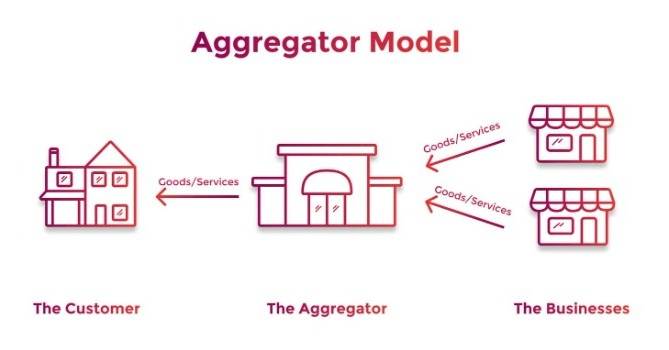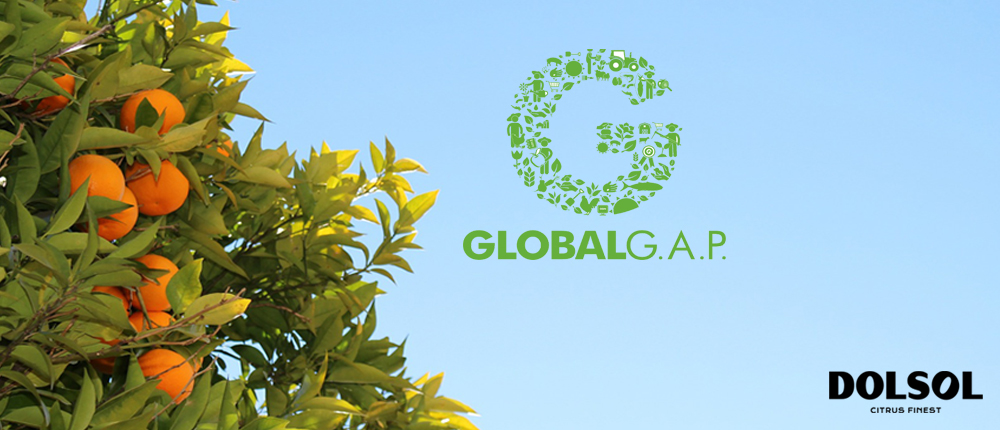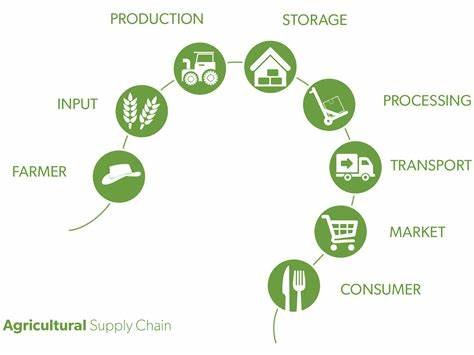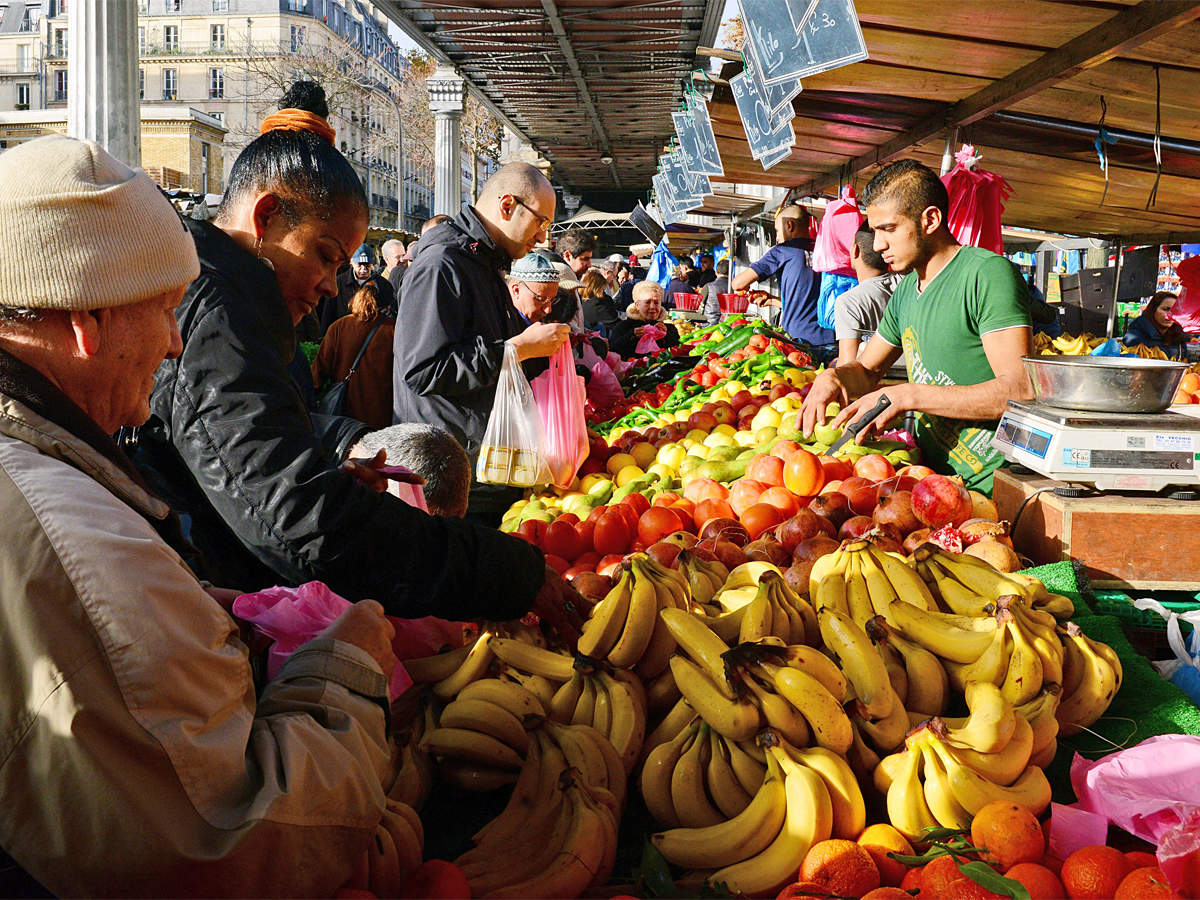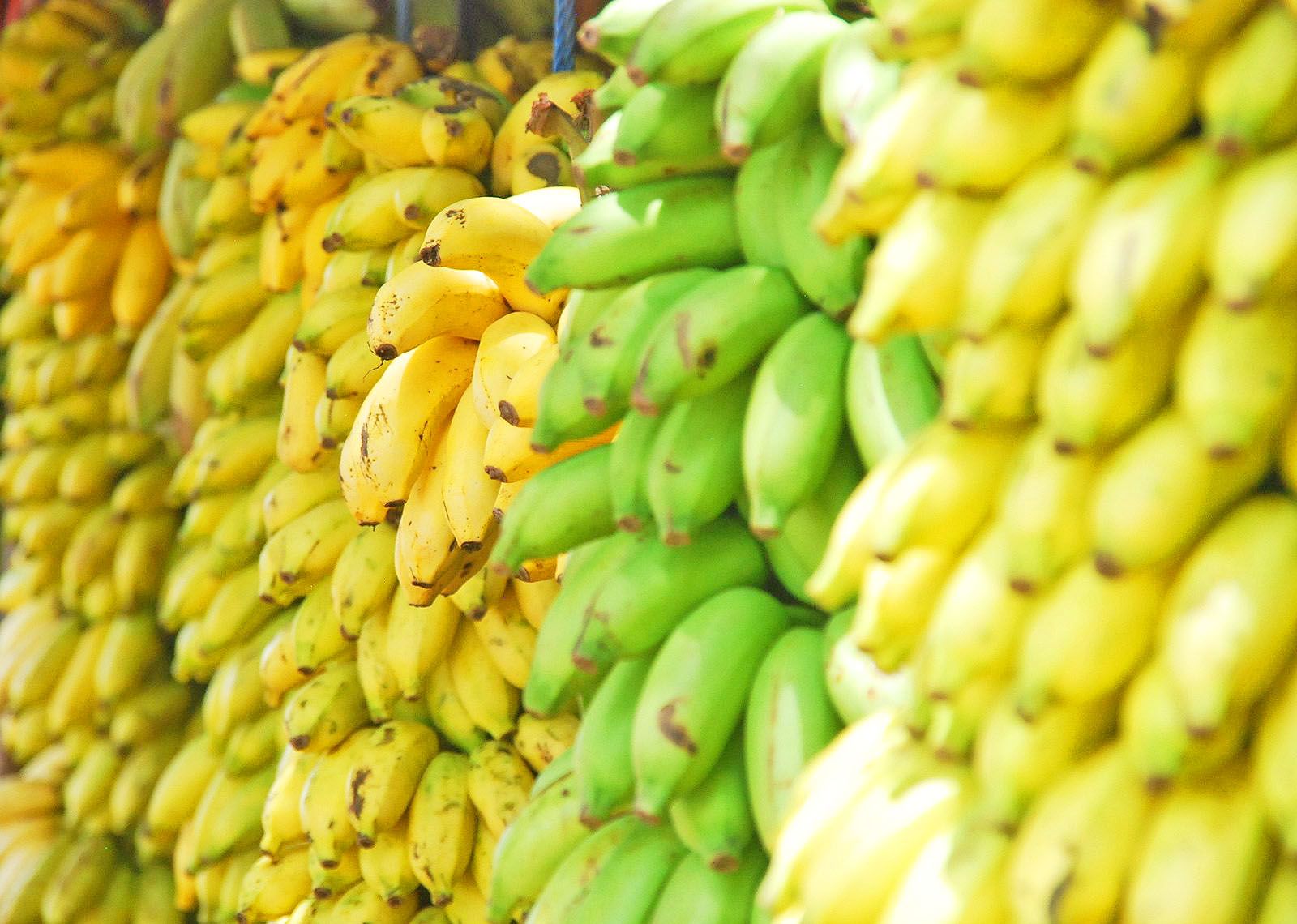Aggregation refers to the process of grouping items or things as a whole. This term can be used in different contexts, disciplines, and businesses. For example, in data analysis, aggregation refers to the collection of information that is used to create datasets for analysis purposes. Contrary to the aggregation of data, aggregation in the agriculture business means something entirely different.
Aggregation in the agriculture business is the act of individual or collective farmers working together.
Concept of Aggregation in Agriculture Business
The aggregation point in agriculture is where farmers ‘get together’ to receive services or sell their products. This can be at the level of an intermediary or at the farmer level.
An aggregation is a significant approach for the development of the agriculture sector. This is because aggregation generates a high level of efficiency in the sector.
Aggregation helps smallholders meet the standards and requirements of the modern market. it also addresses other obstacles which are difficult to access. In addition to this, the aggregation of agricultural businesses supports farmers to improve their productivity. This is done through increased access to services and markets. Thus, aggregation enhances the competitiveness of farmers by reducing the transaction costs.
Agricultural Aggregator
An aggregator is an individual or business authority that collects and distributes products from many sources.
Some examples of aggregators of farmers produce are:
· A farmer markets
· A food hub
· A distributor
· An individual farmer who markets the products for other farmers.
These aggregators help in the reduction of costs of transportation and distribution.
Aggregation Model
An aggregation model is a simple model to decipher the economic factors that induce aggregation. Aggregation without a proper model will result in little to no outputs. The mechanism of running an effective aggregation model is very important for agriculturists.
Aggregation of farmers
Aggregation in the agriculture business is a process that combines all positions owned by a single farmer or group of farmers into one aggregate position.
Aggregation is beneficial for both parties, the farmers and the clients.
Aggregation is one of the first steps in marketing. In addition to this, the aggregation of agricultural businesses supports farmers to improve their productivity. Small scale supplies sourced from individual farms are bulked into abundance. These supplies can be readily and economically transported, sorted, processed, and stored. Aggregated produce goes to the following:
· The people who process it
· The people who sell it as a wholesaler
· The exporters who ship them internationally
· The retailers who are the main buyers
Methods of Agricultural Aggregation
Agricultural aggregation takes place by various methods. These are distinguished by the following factors:
· The people engaged in it
· The place at which farm produce is aggregated
· The nature of the transaction that takes place
· Moreover, these are further differentiated by the following:
· The category of products
· The type of farms it comes from
· The geography of the area it is produced in
Forms of Aggregation of Farm Produce
There are different types of aggregation of the crops collected from the farms. These are:
1. Spot market deals
Agriculturists make transactions directly with dealers at local markets. Such deals are convenient for farmers and they receive payment on the spot. The drawback for farmers is that they risk getting low prices. More sophisticated spot deals happen at auctions in rural market centres.
2. Collective marketing
Agriculturists are linked to the market collectively in producer organisations (PO). Collective marketing reduces the costs of trading. This is because a single deal replaces the separate deals that members would have made otherwise. The transaction undertaken may be a spot deal or else may be in the form of a contract.
3. Contracted sales
Individual farmers, or groups of farmers, contract directly with the main buyers. The agreement is a commitment to trade produce at a forthcoming date. These may also state the volume, standard and price. These agreements also include interlinked trades where the buyer provides farm inputs on credit and technical assistance.
Aggregation of retailers
The aggregation of retailers is a process that combines all positions owned or controlled by a single retailer or group of retailers into one aggregate position. It is known to be a means of enabling individuals or firms, relating to retail markets, to work collectively. In this way costs of transportation, storage and marketing can be reduced. In addition, aggregation of the retail individual or firms facilitates retailers to understand their customers.
Retail Aggregator
A retail aggregator is a term used for online brokers or dealers who aggregate trade. These brokers aggregate the transactions made by the retailers. They stream quotes from the top FX dealers to their retail customers.
Aggregation Model
The aggregation of retailers without a simple aggregation model will most likely lead to failure. Thus, for the aggregation of retailers, an organized model should be formed.
Purpose of Aggregation
Aggregation serves as a marketing channel for retailers and farmers.
1. Purpose of Aggregation for Farmers
• Compared to other wholesale markets, farmers can sell large or small quantities of output through aggregation.
• Through aggregation products may be marketed locally or regionally.
•Aggregation helps in the provision of on-farm technical support.
•Aggregators also provide harvest and pre-production planning to meet market projections.
•Through aggregation the agriculturist can solely focus on farming.
• Aggregation can assist in the buying of packaging and marketing materials.
2. Purpose of Aggregation for Retailers
• Aggregation helps retailers to evaluate their entire client journey.
• Aggregation facilitates retailers to understand their customers.
•It provides the insight for a high-level service to the customers.
•For the better use of the entire data it has to be aggregated before analysis.
•Data aggregation provides e-commerce analysis as product impressions and cross-domain tracking.
Thus, aggregation serves its role as a process through which individuals or firms work together. It
Why is Aggregation important in Agriculture?
The concept of aggregation has a very important role in agriculture. Aggregation can be utilised in different ways in agriculture. These are:
[1] Importance of Aggregation of Farmers
Aggregation of farmers is the point at which farmers come together. It is also used to refer to the association of farmers into groups of different types. This is so that they are able to market their products better.
[2] Importance of Aggregation of landholdings
Aggregation of landholdings is the unifying of some small land holdings. Aggregation of these occur globally. In various countries, there are several measures taken to consolidate limited landholdings.
[3] Importance of Aggregating Products
Aggregating products applies to the act of joining large amounts of produce in one place. It works to enable economies of scale achieved in transportation, storage and processing.
Significance of Aggregation
By joining hands, agriculturists can lessen the cost of accessing inputs and marketing outputs. In addition to this, working together can help them obtain market information and secure access to new technologies. Moreover, they can also take part in high-value markets. Aggregation also facilitates farmers by the following:
* It authorizes the supply of larger quantities that wouldn’t be possible otherwise.
* It enables the capacity formation of farmers in groups rather than individually
* It improves logistics and reduces transport costs.
* It reduces the costs of communicating data.
* It encourages farmers to comply with the severe demands of modern markets.
* It enhances rural employment by offering opportunities for service providers.
* It strives to provide commercial services to farmers including land preparation and harvesting services.
What are the issues solved by Aggregation?
Various issues arise in agricultural and retail markets. Applying the concept of aggregation has proved to solve many issues faced by farmers and retailers. Some of these issues resolved by aggregation are:
•Rotting of produce
• High costs of marketing
• Increasing costs of transportation
• Lack of area for storage of products
• Reduced utilization of land
• Lack of market information
• Lack of technical support
• Less time to focus on farming
Through the aggregation of farmers, the costs of transportation, marketing and storage have been reduced. This is due to the farmers working together to save their time and energy. The collective effort made by farmers in the transport, storage, control and processing of crops helps in solving many of the issues that arise in agriculture. To combat the issues faced by farmers aggregation resolves them by the following:
•Reduction in expenses for farmers.
• Marketing of products.
• Selling the products collectively.
• Providing technical support to farmers.
• Providing distribution services thus saving time.
• Reducing farmers’ material cost.
•Providing harvest and production planning.
• Timely auctioning of the harvest.
Conclusion
To sum it all, the concept of aggregation in the agriculture business plays an extremely important role. For both farmers and retailer’s aggregation solves a lot of the issues. Moreover, aggregation helps in reducing costs of transportation and storage. It helps in the marketing of produce in a collective manner. In addition to this, aggregation also facilitates the individuals of other markets.
If you want to help you in aggregation of fresh produce for export and import
contact : Ammar Alshami
 English
English 

